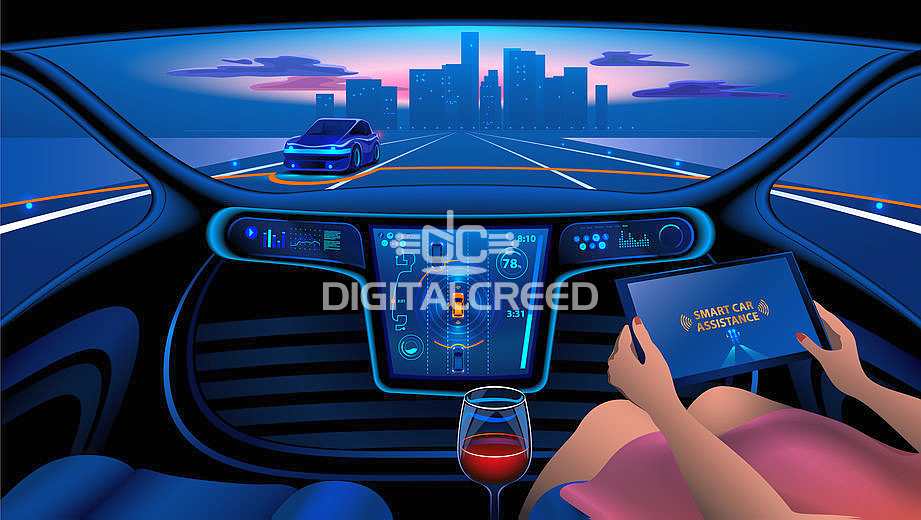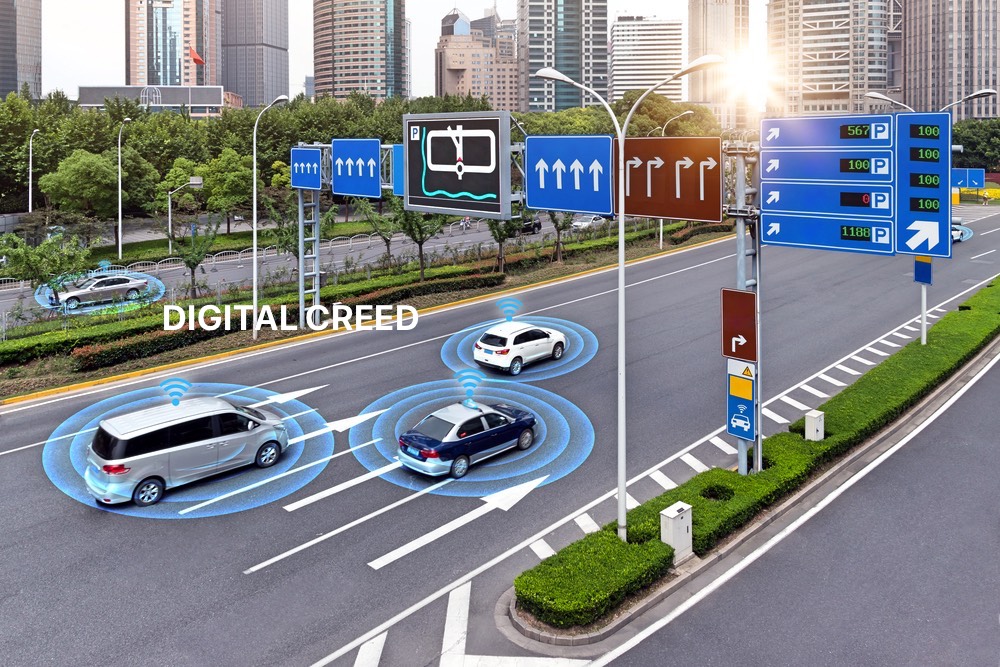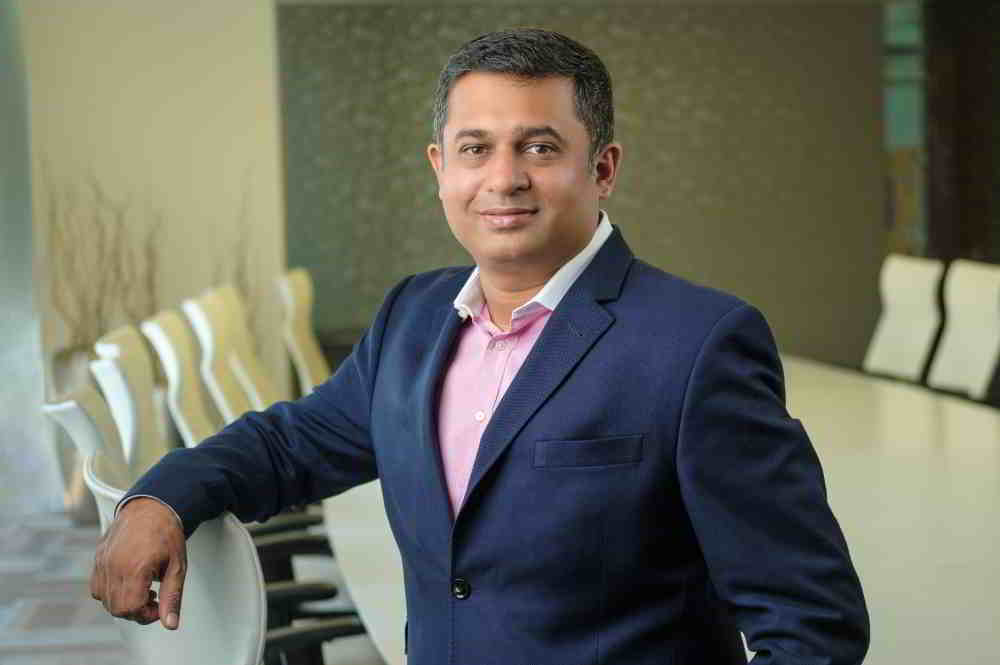Enterprises are looking for ways to innovate and use technology to introduce new services for end customers. An automobile manufacturer, for instance, must offer innovative services to improve the driver experience and to bring in revenue through services.
IBM Global Technology Services (GTS) is a part of IBM Services. It is helping customers in India with workplace transformation, multi-vendor services, security services, and the management of multi-cloud, hybrid cloud environments.
The business, technology and industry experts of GBS (Global Business Services) and GTS—IBMers united under the IBM Services brand—represent the only technology and business consultancy in the world that invents, designs, builds and runs businesses for the cognitive era, creating the modern foundational systems that the world relies on.
In an interview with DIGITAL CREED, Lingraju Sawkar, General Manager, Global Technology Services, IBM India/South Asia explains how IBM Services is helping customers in India to solve business challenges and generate new revenue streams from innovative services.
Excerpts from the interview:
DC: You have been in and out of India over the years. What are the changes you are seeing with customers, in terms of attitudes and market approach?

Lingraju Sawkar, General Manager, Global Technology Services, IBM India/South Asia
LS: There are a couple of fundamental changes that I’m seeing with clients from a market perspective. First and foremost, what I have seen is that the way clients consume technology and the way they make decisions has fundamentally changed across. Earlier it was more technology being built up and then trying to work ways around it to solve business problems. But now it’s clearly getting into an outcome-based discussion.
The second one is, clients are willing to experiment and fail soon. Given the whole digital transformation play that is coming in very strongly, we can clearly see the clients, making very strong — what I call as ‘not waiting for the complete product to be ready’ — but willing to take risks and move forward on that. In fact, with one of the large clients we are working with, they have positioned technology as a means for reducing the huge EBIDTA in their balance sheet. As the first layer, they will build a very strong cloud platform which enables a lot of their ecosystem to build applications, and roll out applications faster — or make provisioning of infrastructure equipment much faster.
A third thing they are also doing is, as they are acquiring companies to expand their business operations, integration and business response becomes much faster and sooner. That’s one benefit for clients. Take provisioning, for example. You are so close to the cloud world. Today for the same client who used to take a month and a half to provision infrastructures, today it’s about talking of minutes – 15 – 20 minutes to provision a server and hence applications. So that’s one thing we are seeing across.
We also see that clients are opening up their environment to a whole lot of players, whether it could be start-ups, it could be new application developers, it could be their own organizations — to allow for innovation to happen which enables speed of client reference.
Earlier it was more technology being built up and then trying to work ways around it to solve business problems. But now it’s clearly getting into an outcome-based discussion.
DC: From a technology adoption perspective, what are the areas where you see a lot of traction?
LS: I see a big change from a technology perspective. Clients are no longer restricted to the limitations of their current application or what their existing infrastructure could do. Now with cloud coming in and with network connectivity having improved, clients want to look at connecting to multiple clouds. They want to take the benefits of all the clouds, looking at what applications work the best on which cloud, opening up the whole API. At IBM GTS we enable the multi-cloud hybrid cloud environment. We see clients who are exploiting the power of the cloud in a multi-cloud, hybrid cloud environment while keeping the right degree of control and management.
A lot of our clients are in the banking space, in the financial services space to whom security is obviously a big concern but most importantly, a very improved security posture and protecting their environment.
So multi-cloud, hybrid cloud is a very big market opportunity for us and I’m sure it’s for the rest of the market as well.
DC: Can you give us an example of how you are helping customers with technology?
LS: We are working with two automotive companies and have developed and launched a connected car project which essentially focuses on connecting the automobile always.
 One of these companies, when they did research on the three or four most important things for a car maker, from a car user perspective, they found the first thing was safety. If the car has an accident, how does it reconnect back, and how secure are the passengers? The second one was the physical security of the car and the safety of the passengers. Do I know where the driver or passengers are and at what point of time?
One of these companies, when they did research on the three or four most important things for a car maker, from a car user perspective, they found the first thing was safety. If the car has an accident, how does it reconnect back, and how secure are the passengers? The second one was the physical security of the car and the safety of the passengers. Do I know where the driver or passengers are and at what point of time?
The third part was the client stickiness. The biggest issue which the car makers have is that after the free service is over, how do you track the car and bring it back for regular service? It was losing it to third-party and fourth-party service providers. The challenge is to keep the car owner engaged throughout the lifespan of the car so that the stickiness with the dealership and stickiness with the support network remains. And the fourth one was monetizing it. Once you have data about the car and its usage, and the driver pattern, you want to monetize the data in various ways. You could use the information to design a better car, for designing better components (to improve those that fail faster), or for the insurance company to be able to offer a better insurance premium charge.

So we’ve developed this connected car with two leading automobiles manufacturers in India. In fact, one of them is under development. The other one is in the deployment stage — they’ve deployed this into their cars and now these cars are connected. There’s a lot of safety and security introduced in their cars. A lot of client stickiness offers are being rolled out. Some insurance companies are working with them.
At the core of all this, there are technologies on the cloud built on the automotive platform, so that the car is constantly feeding data out and the data is being captured. It is being massaged, analyzed on the cloud and insight is being sent back to all the parties: the car owner, the car manufacturer, or associated parties.
Another example is our work for an insurance company, Apollo Munich, where they are modernizing their applications to enable faster rollout of health insurance policies. And more importantly, improving their client interface through a very strong CRM system, which allows for a very faster response and resolution to their customers who avail this service. They are seeing a lot of value in that because obviously, they are able to resolve a lot of their customer issues earlier. They are able to turn around policies much faster and more importantly, serve their customers very well by modernizing infrastructure.
DC: How is the workplace being transformed by digital technologies? How should the infrastructure adapt to this?
LS: If you take any workplace environment, the transformation depends on the different industries; there are almost about two to three different generations of people working there, and there is a need for generations across to be working together in the same work environment. This means there are different nuances of how people access information, how people process, and how people work together. So enabling a very collaborative manner of working with them, using technology, which is collaboration technology. Enabling them to access information and work together in a transformed workplace, in a more open workplace with data access. And also ensuring that selected information is accessed across different devices. And thirdly enabling for any time, anywhere access because the whole transformation of an enterprise application to a consumer type application is where we see the value.
We are enabling this for organizations like Aditya Birla Fashion and Retail and a couple of other organizations. We are facilitating the workplace transformation through technology, and allowing people to work seamlessly and more importantly, at a very scalable model. And we see this as a big play out in the market, for a lot of other clients as well, where the benefit of our technology allowing scalable collaboration.
At IBM GTS we enable the multi-cloud hybrid cloud environment. We see clients who are exploiting the power of the cloud in a multi-cloud, hybrid cloud environment, while keeping the right degree of control and management.
DC: Can you tell us more about the IBM GTS business? What is the focus and the growth been like for this business?
LS: The Global Technology Services business of IBM is the largest business unit for IBM globally and in India. We enable the core infrastructure layer, right from design — I mean consult, design, deploy, manage both on the outsourced model as well as a deployed model. That’s the core of what we do. But the way we do it across has changed significantly over the years. In recent times, it’s been primarily focused around helping clients in building a multi-cloud, hybrid cloud environment, and managing it for them because very clearly organizations will have a multi-cloud environment. There are goodnesses of various clouds, so clients will want to extract the benefit of that, but at the same time have the right degree of access control and manage them.
The second area that we do is digital workplace transformation which I spoke about, enabling clients to transform their workplaces to enable better collaboration and better interface impact between the various stakeholders.
The third thing that we do is security and security services which are basically protecting the environment and the resilient infrastructure, and making sure that the adequate data and systems are protected.
And lastly what we do is called as multi-vendor services. There are clients who have accumulated a technology environment over many periods, and hence there is a very high degree of need to ensure coexistence of different technologies within the data center, and making sure that they are managed over a contractual period, and making sure they all work seamlessly, harmoniously and give the right outcome. So that’s called multi-vendor services.









